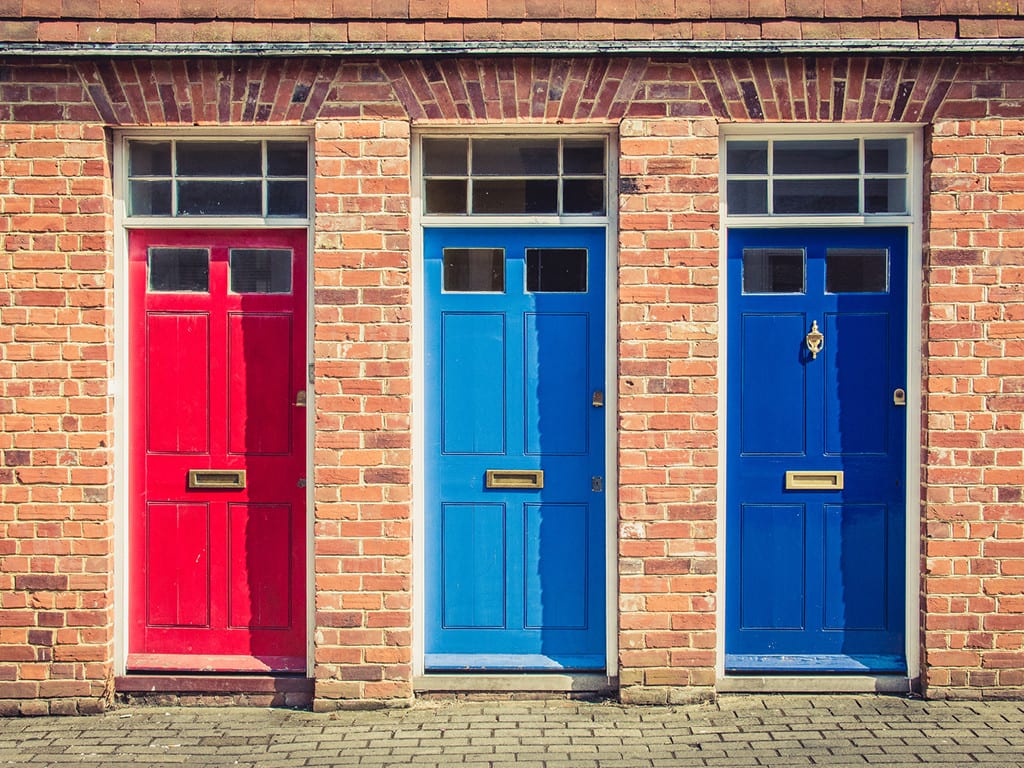Here’s how to prepare for the next downturn.
Although nobody can predict the exact timing, we will likely experience another market correction, and housing likely will be impacted. As the housing market begins to cool, high single-digit price gains probably won’t be in the cards for most communities in 2019. Still, much of the country will likely manage to show a healthy market in 2019. All players connected to the housing market—lenders, homebuyers, sellers and investors—will want to be well-prepared for what lies ahead.
Despite several headwinds such as higher interest rates, a slowdown in sales and moderating price growth, inventory is expected to remain low in 2019. The tightest inventory will be in the most affordable segment of the market.
Diversity Equals Lower Foreclosure Rate
A recently published study from the University of Illinois suggests that communities with a greater variety in housing types and zoning have a better opportunity to weather economic downturns.
The study looked at housing diversity and its connection with foreclosures during the housing crisis, concluding that communities with more diversity in types of housing have lower foreclosure rates.
In general, communities that suffer from rising foreclosures seek to mitigate the effects after the fact, through reactive rather than proactive policies. The nation witnessed this response on a large scale in the wake of the housing foreclosure crisis that began in 2007 in the subprime market and then spread and lingered for years.
By 2009, multiple foreclosure prevention and loan modification programs had been put in place, which included the U.S. government’s Home Affordable Modification Program (HAMP) along with private programs instituted by mortgage servicers. These programs, for households already in distress, included loan modifications, short sales and deeds in lieu. Principal reduction was even offered.
The Illinois study looked at 14 metros and reviewed patterns down to the census track level. The researchers collected data from 2005-2013 on home foreclosures and sales rates that would indicate the extent of an area’s recovery from the housing crisis. The researchers controlled for the common predictors of a foreclosure (at the census-tract level), including income and credit score, and factored those drivers into its analysis.
The study concluded that because cities are responsible for their own fiscal health, they often seek to attract the higher-priced housing for property tax revenue. Yet, too much of just one type of housing can leave a city more exposed to foreclosures when the housing market turns downward.
Building higher-priced units either forces people away or forces them into buying above their means. In the years leading to the subprime crisis, a variety of loan products allowed homeowners to get into mortgages they couldn’t afford. The assumption was that home values would continue to rise.
But the assumption turned out to be a losing bet. During the housing crisis, many homeowners ended up in foreclosure, especially if they suffered a trigger event such as the loss of a job. Others ended up owing more than their homes were worth and chose to walk away.
A variety of housing options in various price ranges and housing types may help insulate the market from a similar fate in the next economic downturn.
The author of the study noted: “What I’m finding in this study … from a housing stability perspective is you need to have not just housing diversity at the municipal scale, but it’s a good idea to have diversity at a smaller, neighborhood scale.”
Should Investors and Lenders Consider Diversity?
Although the study didn’t specifically examine investment properties or lender activity, everyone impacted by housing, whether they are investors or city planners, can learn from the researchers, finding that diversity acts as an insulator in times of economic stress.
Researchers also found that housing diversity can contribute to a community’s ability to quickly recover from an economic shock.
From an investor standpoint, it makes sense to invest in neighborhoods that have attributes that make it desirable. Certainly, that could potentially mean diversity of housing stock in a neighborhood. The study doesn’t suggest that every neighborhood needs apartments or condos or that a tiny house should be placed next to an extremely large one.
Should a real estate investor have all of his or her properties in a single housing size or value type, or all in one neighborhood? And if they do, does that mean they are putting too much risk into one area?
Many lenders are highly focused on concentration risk. They attempt to avoid lending too heavily against one price point and avoid making too many loans in one neighborhood or market. So, it only makes sense to also achieve some diversity in property types.
To achieve a mix of housing that may help to keep property values high, investors would do well to look at a wide variety of tools. Those tools include planning and zoning regulations, fiscal regulations and favorable loan terms. Creating vibrant neighborhoods doesn’t happen overnight. Looking at a wide variety of causes and solutions may help make for a faster recovery when the next slowdown comes along. ∞













Leave A Comment